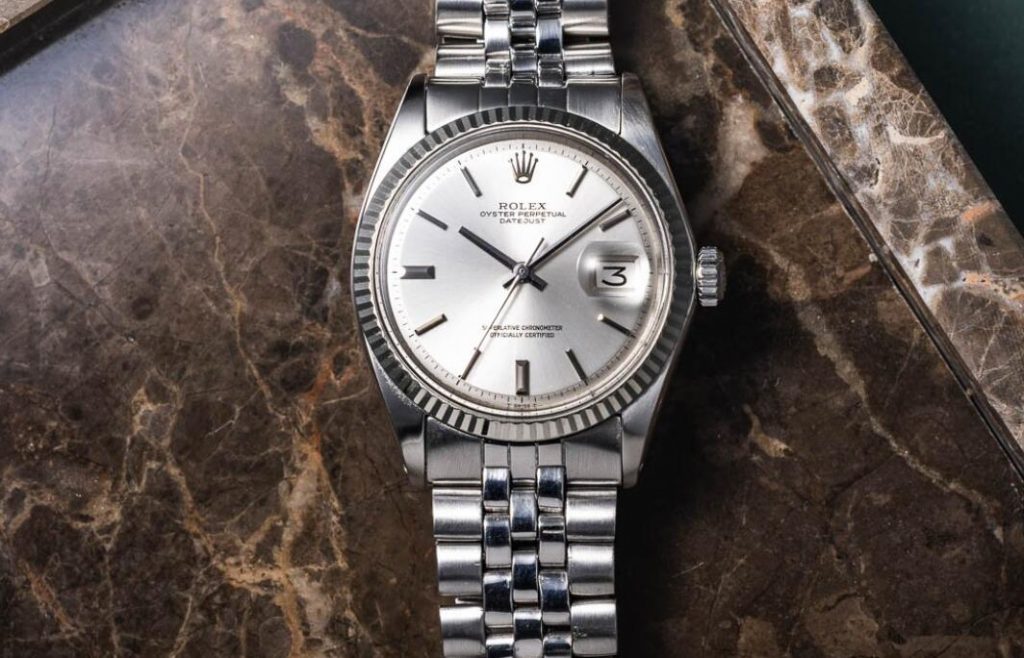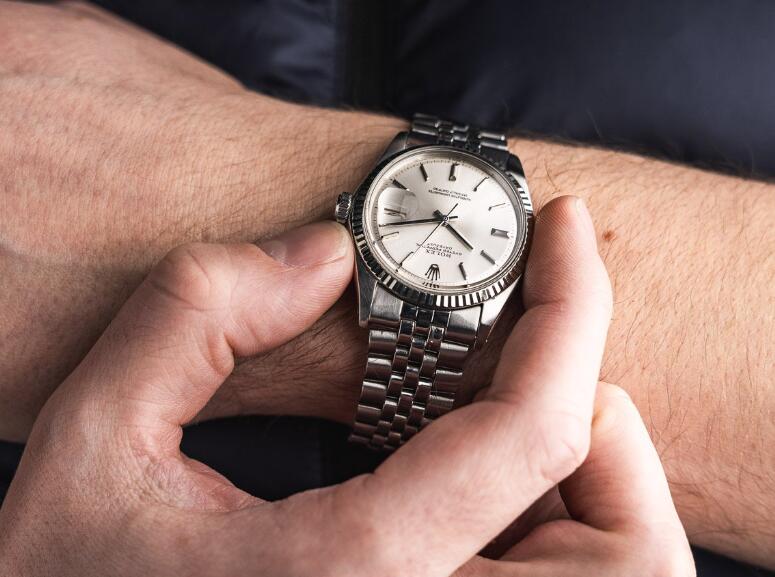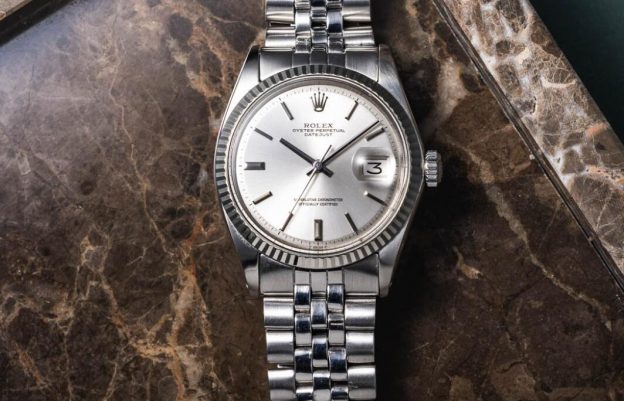In this edition of Exploring Evergreens, I am covering the perfect replica Rolex Datejust ref. 1601. This is a watch that is very dear to me as it represents one of my professional milestones. But even without that sentimental value, it is one of the greatest watch designs of all time to me. The Cyclops, the fluted bezel, and the Jubilee bracelet have all become archetypes — often faked, never bettered. Let’s have a closer look at the evergreen that is the UK luxury fake Rolex Datejust ref. 1601. Does it still hold up today?

The best 1:1 replica Rolex Datejust ref. 1601, in case you aren’t familiar, is characterized by its non-quickset caliber, pie-pan dial, and fluted bezel in (white) gold. My particular specimen comes on a Jubilee bracelet, but you can find them on Oyster bracelets as well.
Some context for the Rolex Datejust ref. 1601
The aaa quality fake Rolex Datejust ref. 1601 was introduced in 1959. The Datejust had been around since 1945 and had undergone several updates. It all started with the reference 4467 in 1945. Swiss movement replica Rolex UK considered calling it the Rolex Victory after WWII but felt that name was too charged. The more factual “Datejust” was chosen but wouldn’t appear on any dials until 1953.

In these first years, the 1:1 super clone Rolex Datejust was still evolving into its now-iconic shape. The 4xxx and 5xxx generations still featured bubble-back cases, for instance. The more familiar Oyster shape came with the 16xx predecessor, the 6xxx generation. This was also when the Cyclops first appeared. The top quality fake Rolex Datejust was the flagship of the Rolex collection, first available in precious metals only. Remember, the Day-Date wouldn’t come out before the Datejust was over a decade old.
In 1959, Swiss movement copy Rolex introduced the 16xx generation. Early models still featured alpha hands and ornate arrow hour markers. These would soon morph into the now-archetypal baton hands and simpler indices. Once these changes were made, the Rolex Datejust super clone for sale UK took on the shape it would largely retain until today. In short, then, the 16xx generation is when the Datejust became the Datejust we know and love today.

